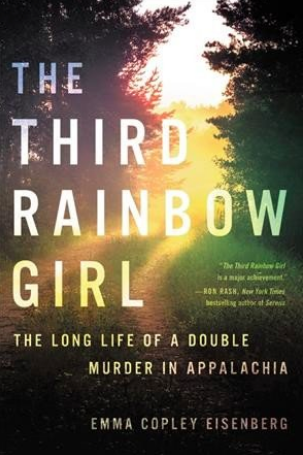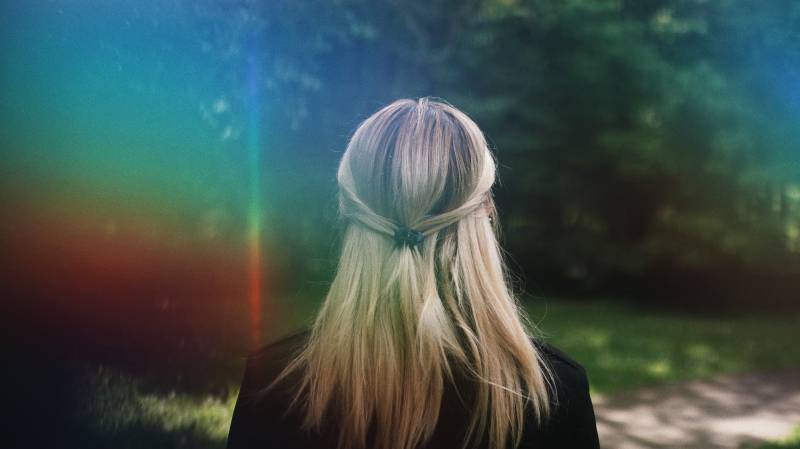In another twist, the investigation focused in on one local farmer, Jacob Beard, reputed to be a mean drunk. Beard was convicted, but then released from prison six years later when a serial killer, Joseph Paul Franklin, confessed to the murders. Franklin was the man who shot and paralyzed Hustler publisher Larry Flynt and, because he was already on death row for other murders, he was never tried for the so-called Rainbow killings. Case closed. Sort of.
Eisenberg dives deep here into the backstories of the victims, investigators and suspects, as well as the cultural “backstory” of Appalachia itself. Because she lived and worked with teenage girls in Pocahontas County on and off for several years but isn’t a native, she’s suited to the insider-outsider reporter role.
The Pocahontas County that Eisenberg evokes is a singular place; for one thing, it sits within the National Radio Quiet Zone—a region where cellphone signals and Wi-Fi are severely restricted in order not to interfere with a giant mountaintop telescope that listens for signals from space.
Life in a place like Pocahontas County, Eisenberg writes, “demanded that women and girls be powerful in the ways that more urban places I’ve lived have not.” And, yet, Eisenberg also acknowledges, that it’s a place, like the rest of America, where “misogyny is in the groundwater.”
Eisenberg is also fascinated by how prefabricated stories, myths, even fairy tales shape what’s considered to be truth. She chips away at the “hick monster story” that prevailed at the first trial of the local men, which painted them as backwoods predators hunting down loose hippie chicks from the city.
She’s also aware of the enduring lure of what the late Gwen Ifill is credited with calling the “missing white woman syndrome,” whereby foul play involving white women—especially if they’re pretty—stokes up public interest, while the same fate befalling women of color does not.
Eisenberg ruminates over the press coverage of the crime and how the fact that neither Vicki nor Nancy were considered pretty complicated the “damsels in distress” narrative and, perhaps, explained why the case never rose to a national obsession.
But there’s a deeper dimension to The Third Rainbow Girl that gives it its contemplative power. Eisenberg intertwines her own raw story about coming-into-womanhood into the true crime narrative. I said earlier that “the third Rainbow Girl” was the one who lived, Elizabeth Johndrow. But Eisenberg, herself, is also very much “the third Rainbow Girl” here. She, too, felt the call of the wild, living among strangers, drinking too much, taking risks. “The spring I was to graduate college,” Eisenberg says, “there rose up in me the desire to drop so hard out of my life that I could hear my life trying to get in touch.”
That un-nameable desire to travel a different path led Eisenberg to Pocahontas County and, ultimately, to write this evocative story of two other restless young women—sisters of the road—who passed through decades earlier and, sadly, never left.
Copyright 2020 Fresh Air. To see more, visit Fresh Air.9(MDAxOTAwOTE4MDEyMTkxMDAzNjczZDljZA004))


9(MDAxOTAwOTE4MDEyMTkxMDAzNjczZDljZA004))

